Picture this: you’re staring at a quote for a new custom part and the tooling line-item alone makes your CFO wince. Somewhere between the alloy price and the machining allowance, a whispered phrase keeps popping up—wholesale precision casting mold. But does buying that mold in bulk really move the needle, or is it just another buzzword procurement teams toss around to sound savvy?
Why “Wholesale” Doesn’t Always Mean “Off-the-Shelf”
Let’s clear the fog right away. In the metal-working universe, wholesale rarely implies crates of identical, ready-to-ship dies. Instead, it describes a purchasing model where multiple mold sets are engineered in one production wave, then released to the client in scheduled drops. The beauty? You lock today’s steel price, split NRE (non-recurring engineering) across several SKUs, and—here’s the kicker—qualify for volume rebates that can slash unit cost by double digits. Not too shabby.
The Price-Quality Paradox: How Bulk Tooling Reverses It
Conventional wisdom says if you pay less you get less. Yet with a well-structured wholesale precision casting mold program, the reverse happens. Because the tool shop can optimize electrode usage, wire EDM paths, and heat-treat batches across multiple cavities, they hit economies of scale usually reserved for commodity washers or screws. Translation: tighter tolerances—say, ±0.05 mm on a 300 mm impeller—at a price point that would make a CNC machinist spill his coffee.
5 Hidden Levers That Turn a Mold Into a Profit Engine
- Shared Gating Simulation—Flow analysis is done once and cloned; you save roughly $1.2 k per additional cavity.
- Serial Alloy Certification—One melt lot covers the whole program; PMI testing fees plummet.
- Modular Inserts—Swap only the wear surfaces instead of the entire tool; downtime shrinks from days to hours.
- Mirror-Polished Coatings—Diamond-like carbon applied in a single chamber run boosts mold life 4×.
- Vendor-Managed Inventory—Your supplier warehouses the molds and releases them just-in-time; you dodge carrying costs.
Transitioning From Prototype to Production Without the “Tooling Valley of Death”
Ever noticed how the jump from 30 prototype parts to 30 k production parts feels like leaping the Grand Canyon? A wholesale precision casting mold package can build a bridge. By printing a wax pattern via SLA, then using that same geometry to cut steel inserts, you compress pilot-run validation into two weeks instead of two months. And yeah, that’s speaking from experience—my team once pulled it off for an aerospace fuel-housing that weighed 9 kg as-cast. The drawing revision came in Friday 5 p.m.; we shipped first articles the following Thursday. (Still can’t believe we didn’t scrap a single core.)
The Real ROI Formula Nobody Shows You
Forget the glossy brochures; here’s the math buyers actually plug into Excel:
ROI = (Old CNC part cost – New casting cost) × Annual volume – Mold package price
Most customers see payback in 4–6 months when annual volumes exceed 5 k. After that, every shipment is pure margin amplification. One client in the hydraulic-pump space pocketed $480 k last year just by switching to a six-cavity wholesale precision casting mold sourced out of Ningbo. They later confessed the hardest part was convincing internal auditors that Chinese tool steel could hold ±0.003” over 100 k cycles. Spoiler: it did, and then some.
Three Red Flags That Signal “Run, Don’t Walk”
- The supplier quotes a single universal shrink factor for all geometries—geometric disaster incoming.
- No mention of in-mold sensors or vacuum assist—hello, porosity nightmare.
- They refuse to share a detailed maintenance schedule—your future self will hate you.
Case Snapshot: From 3D Print to 30 k Shipments in 90 Days
Company: Tier-1 automotive exhaust sensor shell
Alloy: 17-4 PH stainless
Tooling package: 8-cavity wholesale precision casting mold with replaceable gate inserts
Timeline: CAD freeze to SOP in 92 days
Cost reduction: 34 % vs. machined-from-solid
Scrap rate: 0.4 % (industry average 2.2 %)
Key takeaway: Parallel engineering is everything—while tool steel was being roughed, the quality team ran GR&R on CMM programs so PPAP files were ready the moment T0 shots landed. Smooth as butter, baby.
Your Next Action List (Yeah, We’re Giving Away the Playbook)
1. Map out your 24-month demand forecast by SKU; multiply by 1.15 for safety stock.
2. Bundle SKUs that share similar envelope sizes—this determines cavitation layout.
3. RFQ at least three vendors, but insist on identical DFM checkpoints so quotes are apples-to-apples.
4. Negotiate a tooling-maintenance escrow; 1 % of mold price per quarter keeps surprises away.
5. Lock resin or alloy pricing upfront; volatile LME spreads can erase your savings fast.
Bottom Line
Still wondering whether a wholesale precision casting mold is worth the hoopla? Run the numbers, stack the risk scenarios, and you’ll find the only thing thinner than the as-cast walls is your excuse for delaying the switch. Time to make the CFO smile again—and hey, grab that coffee before the machinist does.
continue reading
Related Posts
Ever Wondered How Tiny Medical Screws Hit 0.01 mm Tolerance?
Breaking Down the Basics: What Is Precision Plastic Molding? When
Why the “Best Material for Injection Molding” Question Never Gets
